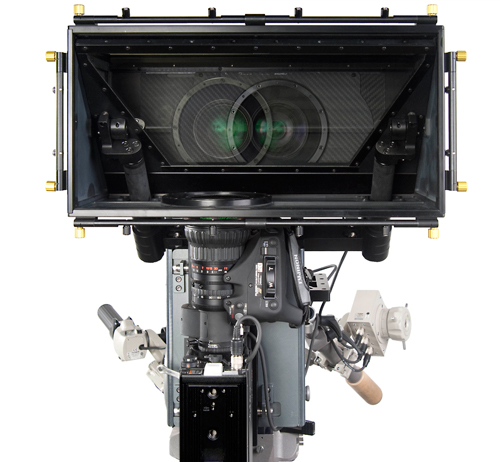
Will The World Cup Kick Start 3D?
Posted on May 6, 2010 by Alex Fice
22.5 million homes will tune into 3D by 2015According to the latest forecasts from Informa Telecoms & Media, over 20 million TV homes globally will be watching 3DTV within five years. Backed by key industry players including set manufacturers, content owners, broadcasters, platforms and satellite operators, 3DTV is expected to be in 1.6% of all homes by 2015. North America will lead the way in terms of number of 3DTV homes with 9.2 million, Western Europe will be the second largest region with 6.8 million and Asia Pacific third with 4.6 million.
“3D TV is set to increase in popularity over the next five years due a number of contributing factors – a key reason being the push from content owners, broadcasters and pay TV platforms who are keen to drive adoption as they see this as a potential growth area. Although the forecast figure seems quite low, the market will still be very immature by 2015, so significant opportunities exist beyond this date,” comments Simon Murray, principal analyst at Informa Telecoms & Media and author of Global 3D TV Forecasts www.informatm.com/3dtv.
“This summer’s World Cup will provide an ideal platform for 3D programming, for example, FIFA and Sony have already announced that they will be showing 25 matches in 3D. With the possible exception of the Olympics, the World Cup is the most important showcase for new broadcast technology and it could potentially do for 3D TV, what Avatar did for 3D movies,“ he adds. “The influence of Hollywood, console manufacturers and games publishers will also help push overall demand.”
Despite the prediction that it will take off, the absence of a glasses-free system of watching 3D TV will constrain growth.
“We believe that 3DTV will take off, but we also believe that 3D TV viewing will be limited until the technology has progressed sufficiently to remove the viewer’s need to wear glasses – which we estimate will be beyond our forecast period,” Murray said.
Other limiting factors for 3DTV in the home include a lack of content, high production costs, scarcity of channels, bandwidth constraints and the high cost of 3D sets.







